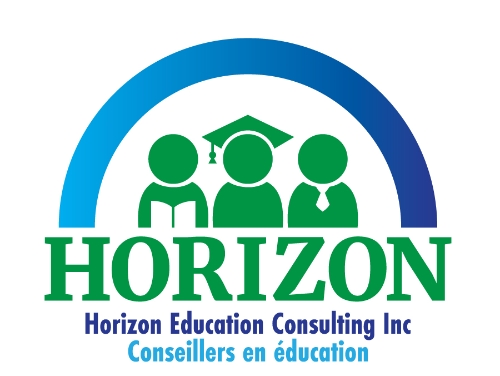How COVID-19 Helped Communication in the Education Sector
Finally, one of parents’ biggest complaints in the education sector has been addressed. We can thank COVID-19 for that, since the stay at home restrictions were imposed in March of this year. Teachers were instructed to reach out to parents and families to obtain a sense of their needs, provide reassurance and just generally check-in via phone and email. What many great teachers already do as part of their exemplary practice, others had to ramp up, particularly secondary teachers who are not generally as inclined towards parent communication as elementary teachers.
No longer could OECTA (Ontario English Catholic Teachers Association) recommend to their members not to communicate via email to parents (until now seen as a risk for potential litigation against a teacher if they wrote something undefendable), despite email being a standard form of communication under Ontario Public Service Standards. Education after all, is a service and the parent and the child are the clients.
Instead, the new OECTA directive was not to engage in video conferencing with students, lest students invade the privacy of teachers’ homes. Yet video conferencing as a means of reducing isolation is an important way to give students access to their teachers. The medical and mental health professionals are using it. Many young children need to see their teachers face to face as a means of digesting the current fallout of the pandemic- yanked away from seeing them, normally for five hours a day. To remove this comfort is to deny children the reassurance that their teachers are still a part of their lives, as video is so much more than a phone call, as many people have now realized.
As always, the union is interested only in protecting members’ interests at the expense of children and education. But the tension the union creates with their recommendations to teachers, goes against the caring, collaborative nature and calling of teachers as expressed in the high standards and ethics of the profession expected of them by the Ontario College of Teachers. Teachers are regularly caught in a crisis of conscience as ‘regulated and unionized professionals’, which is a real head scratcher in today’s labour landscape.
Many parents have expressed gratitude that teachers were contacting them as part of their duties. Why then, did it take a pandemic to move the needle to a place where it should have been in the first place?
One of the benefits of increased communication, via email in particular, is that it is efficient and professional. Parents can query and respond at their own convenience, and not play telephone tag with teachers throughout the day when shift work and teachers’ breaks do not align.
Besides, telephone conversations cannot be verified unless recorded—but has anyone ever heard a school message indicate that the call will be recorded for quality assurance and training purposes prior to staff coming on the line?
When parents communicate via email or letter correspondence and receive a phone call in reply there is no documentation of the matter discussed. Sometimes this is a deliberate maneuver to protect staff and often leads to parents being told that they ‘misunderstood’ the conversation. When parents try to advocate for their child, some receive no further response in an attempt to shut them down. Parents may then turn to the school board superintendent where some parents have been told not to communicate at all with school staff (again, clearly against Ontario Public Service Standard protocols) being labelled as harassers and a few even served trespass notices. These practices are bullying and intimidation, and have no place in the public service of education. They illustrate examples of a failed understanding of communication in a client service perspective.
Many teachers and school principals have not received public service training which includes responding to contact made within 24 hours. Common complaints from parents have been that they never hear back from the teacher or principal, days or weeks after their initial communication, inquiry or follow-up. That is a failure in public service and communication by any standard.
COVID19 has hit the reset button on upping the standard of practice in authentic and honest communication and brought all educators onto the same page.
As with all education goals with the best interest of the child in mind, parents are partners in their child’s success at school. School staff must be available, responsive and contributors to that success as caring adults in a position of trust. When communication is sound, trust is gained and confidence in public education is maintained. That’ a win-win situation for everyone. It should not take a pandemic to get there.
If school boards implemented a system whereby phone conversations were recorded for quality assurance purposes, communication will have achieved a service quality index worthy of public education services. Let’s hope that COVID-19 has opened the primer on effective communication.
For more on communication issues in the education sector see the research reports at www.horizoned.ca and for information on Ontario Public Service Standards visit https://www.ontario.ca/page/ontario-government-service-standards
